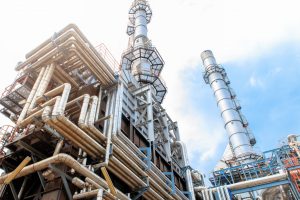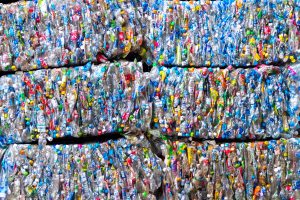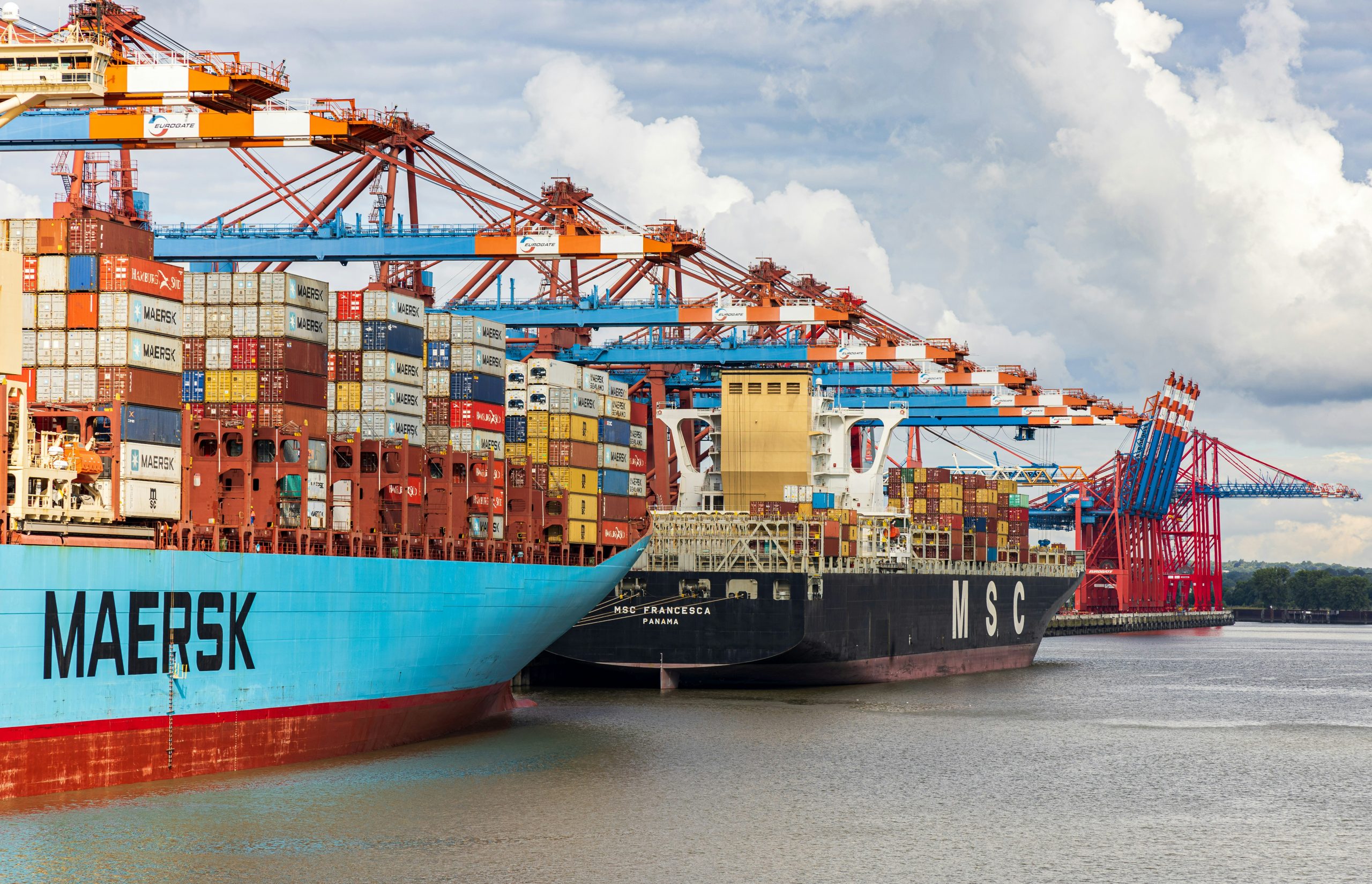Coming Soon | Exploring the technically-plausible solution space, levers and interactions for emissions reduction in the global petrochemical industry
Stephen S. Doliente, Rick Lupton, Yunhu Gao, Enze Jin, Fanran Meng, Luke Cullen, Eric Massanet, André Cabrera Serrenho, and Jonathan M. Cullen
This article is in preparation.
Eliminating carbon emissions from the petrochemical sector will involve changes to a complex system of feedstocks, processes, energy, materials, products, and waste management. This complexity and the scale of change required mean it is challenging to include both breadth of supply-side and demand-side changes, and the depth needed to make sure solutions are technically plausible. Inspired by the UK MacKay energy system calculators, we develop an interactive petrochemical systems calculator model which shows how a future global petrochemical sector could respond to different levels of ambition for a wide range of emissions-reduction supply-side and demand-side levers. To be able to represent possible patterns of operation which are far from the current status quo, a novel modelling approach has been developed which can enumerate technically-plausible patterns of chemical flows and processes based on flexible but transparent and explainable logic.
The underlying model draws together baseline data and projections from a wide variety of industry data and peer-reviewed literature. Changes in demand for plastics and fertilisers feed through to drive demand for primary chemicals such as ethylene and propylene, which can be supplied from fossil-based or bio feedstocks, from renewably-powered hydrogen, or recycled waste polymers. This defines the foreground inventory of the system, which is linked to LCA data to estimate global energy requirements and carbon emissions due to feedstock production, energy use, direct process emissions, and waste processing. The model is used in this study to enumerate the solution space and show trade-offs between levers and metrics, and also embedded into an interactive calculator app allowing others to explore their own combinations of levers.
The model provides a transparent and open high-level model of how the petrochemical sector might respond to changes in demand an technology availability, which can be extended and adapted to study the effect of new specific options within the whole-system context. Since many of the emissions-reducing technologies for the petrochemical sector currently have limited capacity, the model shows how large emissions reductions can only be achieved by activating many levers together. A shared understanding across many stakeholders of the fundamental mass flows and processes involved is therefore crucial. By building existing projections and studies into an interactive model, the calculator allows anyone to explore what combinations of technical and societal changes can make a big difference to reducing this high-emitting sector’s emissions.
Image: Daniel Olah on Unsplash






